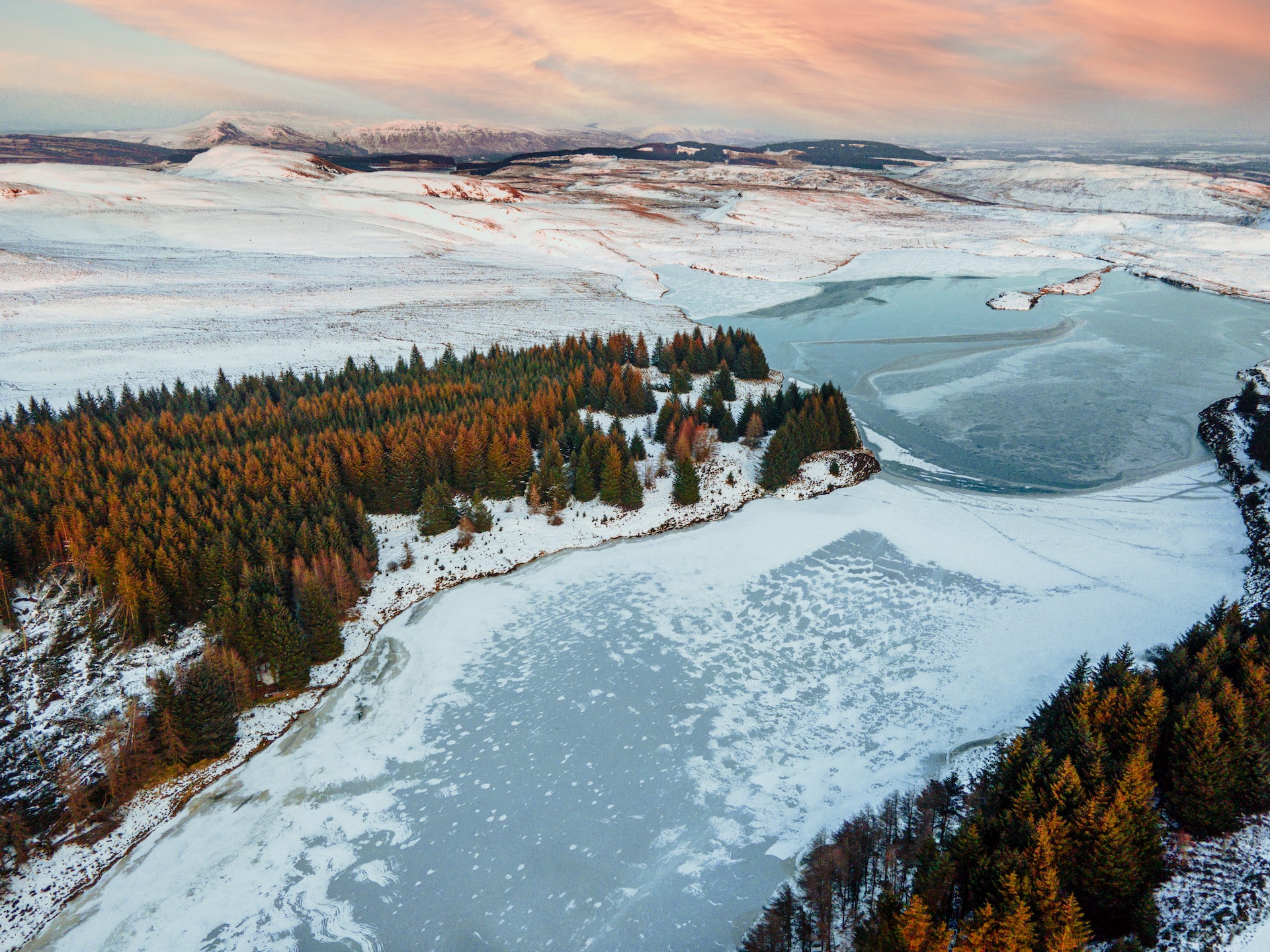INVERNESS, SCOTLAND - In a groundbreaking effort to resurrect a species on the brink of extinction in the UK, 19 young wildcats have been introduced to their native pine forest habitat in the Scottish Highlands. This heralds the dawn of a visionary project that aims to significantly bolster the wildcat population in the region.
The Project's Genesis and Execution
Initiated under the auspices of the Royal Zoological Society of Scotland (RZSS), this pioneering project has its roots in a captive breeding programme housed within the RZSS wildlife park. The ultimate goal? To reintroduce approximately 60 wildcats into the expansive Cairngorm mountains, located just south of Inverness.
Historically, wildcats once thrived in these terrains. However, over the years, a devastating combination of habitat degradation, human interference, and interbreeding with domestic cats took a toll on their numbers. A stark report by the International Union for Conservation of Nature in 2019 even declared the Scottish wildcat population as being “functionally extinct” due to dwindling genetic diversity and the sheer decline in numbers.
With meticulous planning, 19 of these magnificent creatures, bred from cats in various British collections, were recently released in the Cairngorms. The exact location remains undisclosed and is safeguarded with CCTV. Not leaving anything to chance, the conservationists equipped each wildcat with a GPS tag. This ensures regular monitoring by the Saving Wildcats programme and provides valuable insights into their adaptability in the wild. Additionally, while these wildcats have been primed to hunt for sustenance, supplementary food provisions ensure they don't fall short.
Positive Strides, But Winter is the True Test
Despite the unfortunate demise of one wildcat post-release, Dr. Helen Senn, head of the RZSS project, is optimistic. Observations indicate that the wildcats exhibit natural hunting instincts and have started to venture beyond the release site. Yet, the approaching winter months, marked by a scarcity of prey and plummeting temperatures, will be the acid test for their survival.

Winters in Scotland are very difficult
An integral part of the strategy was to rear the wildcats close to the release site. This ensured they acclimated to local ecological conditions, which can be vital for survival. The proximity also ensured the transit was minimal, reducing the potential stress associated with relocation, often a significant factor in such conservation endeavours.
Looking Ahead: Towards a Wildcat Flourishing Future
The project's success will be gauged over several years. Future releases are scheduled for 2024 and 2025 at diverse sites within the Cairngorms. An intricate network of 100 camera traps will continuously monitor the wildcats and provide vital behavioural data.
However, the road to full recovery for the wildcat in Scotland requires comprehensive strategies. From mandatory neutering of domestic cats to prevent crossbreeding to concerted efforts to rejuvenate native woodlands, the conservation blueprint needs a holistic approach. This also entails forging partnerships between private and public landowners for collaborative rewilding programmes.
Echoing the sentiments of many conservationists, Senn stressed that while the momentum for species recovery projects is gaining traction, patience is essential. As she aptly puts it, "We can't speed up ecological processes."
Steve Micklewright, CEO of the rewilding charity Trees for Life, accentuates the distinctive position Scotland holds in conservation, largely attributed to the proactive stance of its devolved government.
As the wildcat leaps back into the Scottish wilderness, the initiative symbolizes not just the resurgence of a species but also the collective will of a nation to restore its natural heritage. With the right balance of strategy, collaboration, and patience, the Scottish Highlands may once again echo with the wild calls of the wildcat.
©GlobalCO2.uk





